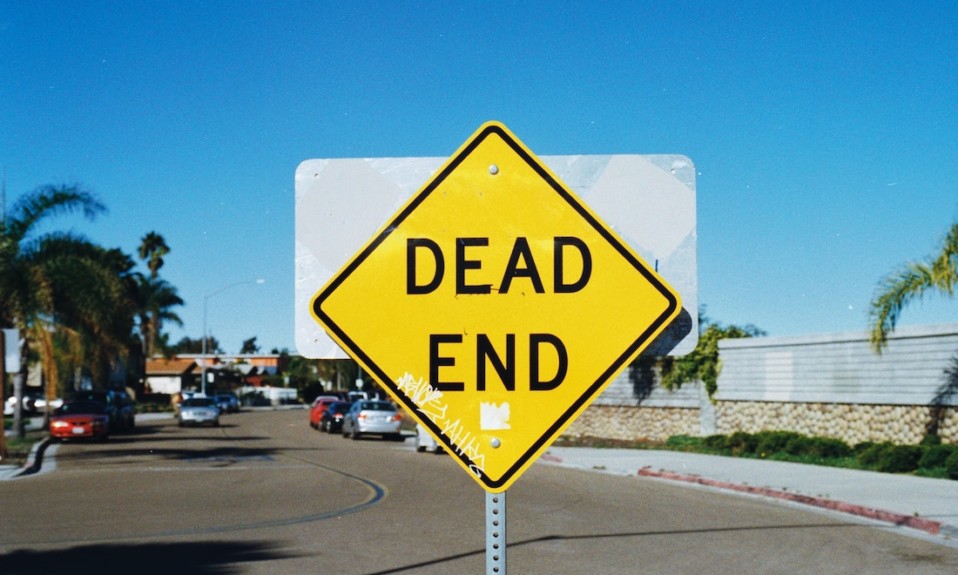Among experts, there is a rising chorus of concern regarding harm reduction services as a means for moving people toward recovery or treatment
This post is reprinted with permission from one of TreatmentMagazine.com’s go-to blogs about addiction, treatment and recovery: Recovery Review.
By Jason Schwartz
More and more frequently I’m hearing self-identified and publicly recognized recovery advocates state that providing harm reduction services with the goal of moving people toward recovery or treatment constitutes “doing it wrong.”
This perspective isn’t limited to a few outliers. I heard it voiced at a Substance Abuse and Mental Health Services Administration (SAMHSA) recovery summit and have seen it endorsed by public officials and influential leaders in and around the field.
I recently explored the limitations of framing harm reduction as liberation, particularly where people with the illness of addiction are involved.
One value could be aligned with multiple interventions, but in many cases, different values will more clearly align with different interventions, and our challenge is to manage that tension.
When responding to an illness with high mortality rates, high rates of functional impairment and high rates of negative externalities (negative effects on families, communities, public safety and public health), it seems neglectful for public health or individual interventions to adopt a neutral attitude toward recovery and treatments that can prevent overdose and improve quality of life.
In cases that don’t involve the disease of addiction, I’d generally agree that recovery and treatment may be the wrong goals. However, the context of the overdose crisis makes it hard to be neutral about nonmedical opioid use.
I recognize the importance of things like respect, self-determination, the primacy of the relationship and solidarity. Other relevant values might include healing, patient welfare, family welfare, community welfare, flourishing (maximizing global health and quality of life), hope and restoration.
Other relevant values might include healing, patient welfare, family welfare, community welfare, flourishing (maximizing global health and quality of life), hope and restoration.
These values don’t line up neatly behind one intervention or another. One value could be aligned with multiple interventions, but in many cases, different values will more clearly align with different interventions, and our challenge is to manage that tension. We may manage that tension by creating space for multiple approaches, or seeking ways to mitigate the trade-offs inherent in an approach so that we’re not choosing one group over another. Recovery-oriented harm reduction is an attempt to do this—recognizing that most people using alcohol or other drugs are not addicted, that lower-risk use is an appropriate goal for them, that full, sustained recovery is the ideal outcome for people with addiction, that these interventions shouldn’t engage in coercion, that all change should be supported and affirmed, and that the participant’s worth does not, in any way, depend on their goals or current substance use.
This approach, however, requires choosing to tolerate dissonance, managing bias and looking for both/and responses, which is unlikely to generate lots of cheers and clicks.
In that spirit, I’d wholly support a statement like, “If you’re providing harm reduction services, and treatment or recovery are the only goals that really matter to you, you’re doing it wrong.”
Jason Schwartz is the founder of the Recovery Review blog. He has been an addiction professional and social worker since 1994. Currently, he is director of behavioral medicine at a community hospital and a lecturer at Eastern Michigan University’s School of Social Work. For more on Schwartz, read this interview he did with TreatmentMagazine.com.
Photo: Randy Laybourne














